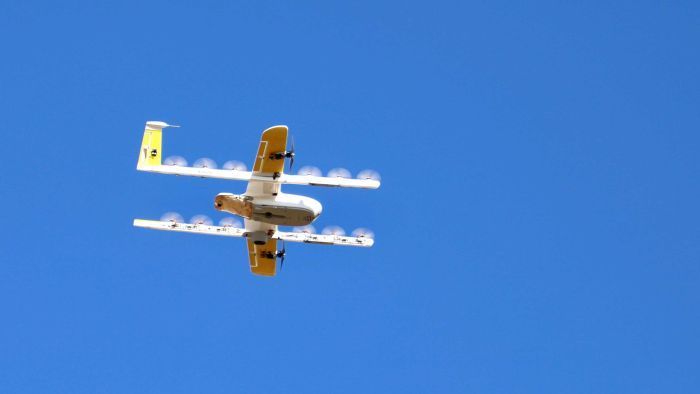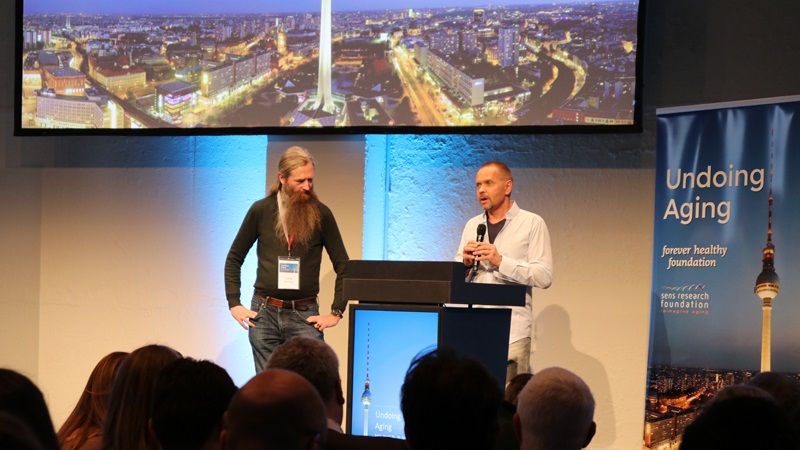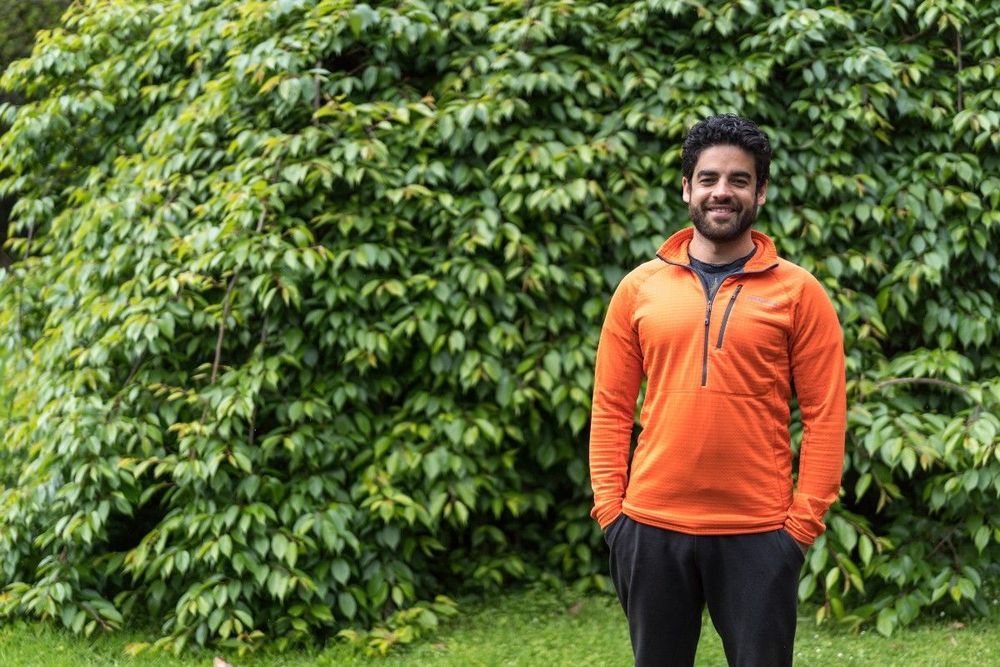Google’s parent company has launched a world-first commercial air delivery business in Canberra’s north, delivering gelato and golfing equipment by drone directly to homes.



Tohoku University researchers have developed an algorithm that enhances the ability of a Canadian-designed quantum computer to more efficiently find the best solution for complicated problems, according to a study published in the journal Scientific Reports.
Quantum computing takes advantage of the ability of subatomic particles to exist in more than one state at the same time. It is expected to take modern-day computing to the next level by enabling the processing of more information in less time.
The D-Wave quantum annealer, developed by a Canadian company that claims it sells the world’s first commercially available quantum computers, employs the concepts of quantum physics to solve ‘combinatorial optimization problems.’ A typical example of this sort of problem asks the question: “Given a list of cities and the distances between each pair of cities, what is the shortest possible route that visits each city and returns to the original city?” Businesses and industries face a large range of similarly complex problems in which they want to find the optimal solution among many possible ones using the least amount of resources.

Trade Secretary Ramon Lopez said the DTI would soon launch an initiative to train the country’s IT and engineering graduates to create AI solutions for the global marketplace.
Instead of fearing artificial intelligence (AI), a supposed threat to the country’s thriving business process outsourcing (BPO) industry, the Philippines can position itself as a global AI hub, Trade Secretary Ramon Lopez said.
In a recent chance interview, Lopez said the Department of Trade and Industry would soon launch an initiative to train the country’s IT and engineering graduates to create AI solutions for the global marketplace.
Lopez said the government could team up with successful Filipino technopreneur Dado Banatao to upgrade the skills of the country’s IT, science and engineering graduates.
From precision GPS to batteries for one of the world’s first commercial all-electric airplanes, NASA technology turns up in nearly every corner of modern life. The latest edition of NASA’s Spinoff publication features dozens of commercial technologies that were developed or improved by the agency’s space program and benefit people everywhere.
“NASA works hard, not only to develop technology that pushes the boundaries of aeronautics and space exploration, but also to put those innovations into the hands of businesses and entrepreneurs who can turn them into solutions for challenges we all face here on Earth,” said Jim Reuter, acting associate administrator of the agency’s Space Technology Mission Directorate. “These are sometimes predictable, like the many NASA technologies now adopted by the burgeoning commercial space industry, but more often they appear in places that may seem unrelated, like hospitals, farms, factories and family rooms.”
In this issue of Spinoff, the agency shares new stories of how:

The U.S. Missile Defense Agency is looking for information on a 1,000 kW-class electrically-pumped laser for defending the United States, its deployed forces, allies, and friends against all ranges of enemy ballistic missiles in all phases of flight.
The post on the federal business opportunities website is asking industry for information on a capability to demonstrate a 1,000 kW-class electrically-pumped laser in the 2025–26 timeframe.
Missile Defense Agency does not provide a specific platform or strategic mission at this time. The proposed ground demonstrator laser system would be designed to have technology maturation and lightweight engineering paths to potential future platforms.

LEAF Director Elena Milova shares a report from the recent Berlin Undoing Aging conference with you today. Hosted by the Forever Healthy Foundation and SENS Research Foundation, the event saw the leading figures in aging research come together for this superb conference.
The day after I got back from the Undoing Aging 2019 scientific conference, which was jointly organized by the SENS Research Foundation and Forever Healthy Foundation, Moscow greeted me with the first sunny days of the spring. Still tired and lacking sleep, but happy and inspired, I want to share my impressions of this year’s conference with you.
Actually, I began preparing for this event in the autumn of 2018, when it was first announced. I booked the hotel well in advance, including some spare rooms that could be transferred to our partners later on. B&B Alexanderplatz is located next to the conference venue Umspannwerk Alexanderplatz, literally next door, and it has a nice social space in the lobby, making it very handy for setting appointments with business partners, so we at LEAF decided to make it our headquarters once again. I arrived on March 26th, got some brief rest, and went downstairs to work while also keeping an eye on who was arriving.

Not long after I sat down, I saw some very familiar faces, as Maria Entraigues-Abramson and her husband Gary Abramson arrived. As part of the organizers’ team from the SRF, they came to Berlin early to help coordinate the preparation. Next, I saw our own VP Dr. Oliver Medvedik and his super-energetic friend, Jean Lam. Last but not least, I met Anna Dobryukha, the chief of the medical department at Komsomolskaya Pravda; she is one of the most famous Russian journalists writing about aging and longevity.

Outcome-based education. This is about a man who is involved in a system designed to train and assess the skills of computer programmers, but I wonder if the ideas could be applied to other types of learning.
For that matter, it strikes me that merit badges in the Boy Scouts may work along similar lines.
Nathan chose all-in, investing his entire life savings in a single stock-market exchange, and made enough money to keep the business alive. The past several years have been full of similar tests of commitment but Nathan and his business partner have weathered them all, building a groundbreaking company called Qualified.
Qualified has developed a new format for training and assessing coding skills, one that achieves greater effectiveness through an immersive, real-world experience. This allows companies to identify the best potential employees and educators to improve student evaluation.
“In the workforce, this assessment approach ensures that performance gets rewarded instead of pedigree. In education, this new format enables interactive, self-directed learning, while also allowing educational institutions to be responsive to rapid changes in relevant skills.”